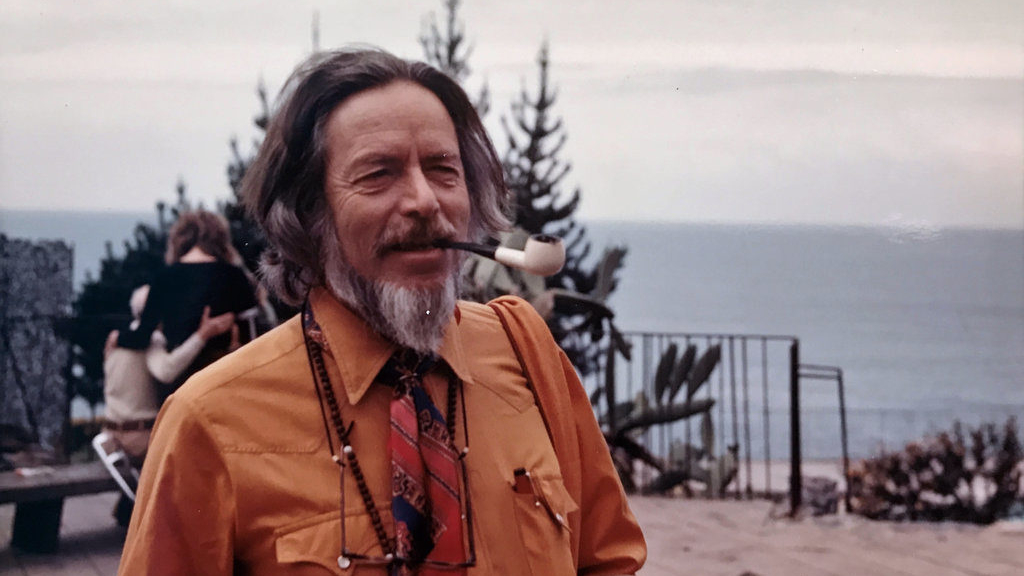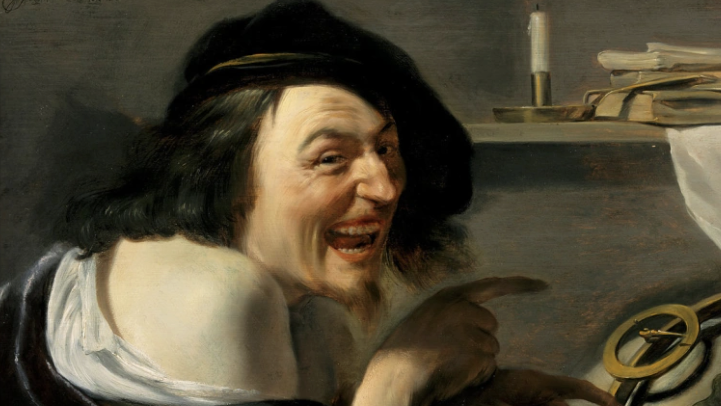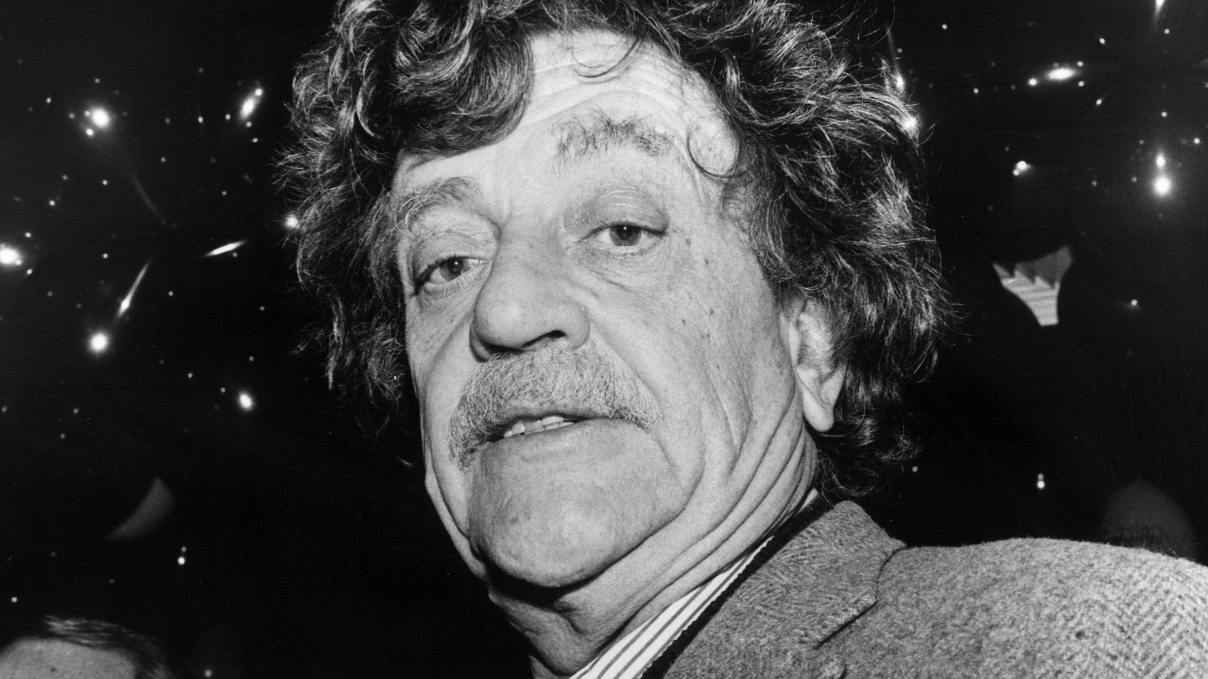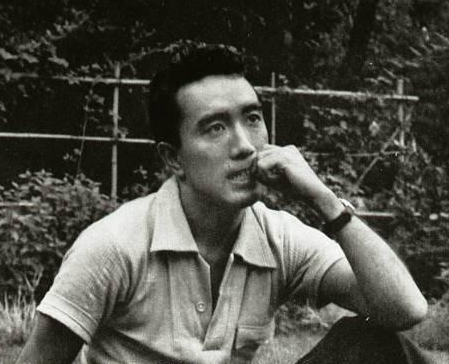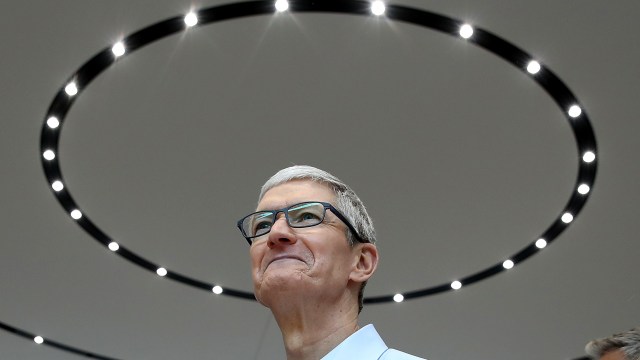Stan Lee, Marvel co-creator, is dead at 95

(Photo: GABRIEL BOUYS/AFP/Getty Images)
- Lee died shortly after being rushed to an L.A. hospital. He had been struggling with multiple illnesses over the past year, reports indicate.
- Since the 1950s, Lee has been one of the most influential figures in comics, helping to popularize heroes that expressed a level of nuance and self-doubt previously unseen in the industry.
- Lee, who’s later years were marked by some financial and legal tumult, is survived by his daughter, Joan Celia “J.C.” Lee.
Stan Lee, co-creator of the Marvel Comics universe that was home to nuanced superheroes like Spider-Man and the Incredible Hulk, died today in Los Angeles at the age of 95.
The comics titan had reportedly suffered from a number of illnesses recently, including pneumonia, according to TMZ.
Lee, whose full name was Stanley Martin Lieber, was born to Romanian-born Jewish immigrants in New York City in 1922. From an early age, Lee had ambitions to be a writer, and after graduating high school he managed to score a job as an office assistant at Timely Comics, where one of his uncles worked. The job wasn’t very creative at first.
“In those days [the artists] dipped the pen in ink, [so] I had to make sure the inkwells were filled”, Lee said in a 2009 interview. “I went down and got them their lunch, I did proofreading, I erased the pencils from the finished pages for them”
Lee moved up in the company to a position as an interim editor by the early 1940s. He left the company for a brief stint in the U.S. Army, during which he repaired communications equipment, wrote manuals and occasionally did some cartooning work.
By the 1950s, Lee was back working for Timely Comics, which had become Atlas Comics. He eventually grew dissatisfied with his work, which was spent mostly writing stories outside of the superhero genre: romances, Westerns, science fiction, suspense, etc.
His fate would change after DC Comics hit success with a new version of the Flash, and later with the Justice League, both of which represented a revitalization of the slumbering superhero genre. Lee’s publisher asked him to create superhero team that would rival DC’s new superhero hit.
Lee, working alongside artist Jack Kirby, responded with the Fantastic Four. To create the landmark series, Lee drafted a story synopsis and gave it to Kirby, who drew the entire story. Lee would then add captions and dialogue to complete the finished product. This process later become known as the “Marvel Method”, which the pair would use in the following years to create comics starring other superheroes, such as Thor, Ant-Man, Black Panther, Iron Man and the X-Men.
Lee and Kirby introduced superheroes with a level of complexity, self-awareness and self-doubt previously unseen in the comics industry, as Lee described to NPR writer Beth Accomando in a 1998 interview:
“Before Marvel started, any superhero might be walking down the street and see a 12-foot-tall monster coming toward him with purple skin and eight arms breathing fire, and the character would have said something like, ‘Oh! There’s a monster from another world, I better catch him before he destroys the city.’ Now, if one of our Marvel characters saw the same monster, I’d like to think Spider-Man would say, ‘Who’s the nut in the Halloween get-up? I wonder what he’s advertising?'”
This new way of storytelling resonated with readers in the 1960s, said comics historian Peter Sanderson:
“The Marvel of the 1960s was in its own way the counterpart of the French New Wave…. Marvel was pioneering new methods of comics storytelling and characterization, addressing more serious themes, and in the process keeping and attracting readers in their teens and beyond. Moreover, among this new generation of readers were people who wanted to write or draw comics themselves, within the new style that Marvel had pioneered, and push the creative envelope still further.”

